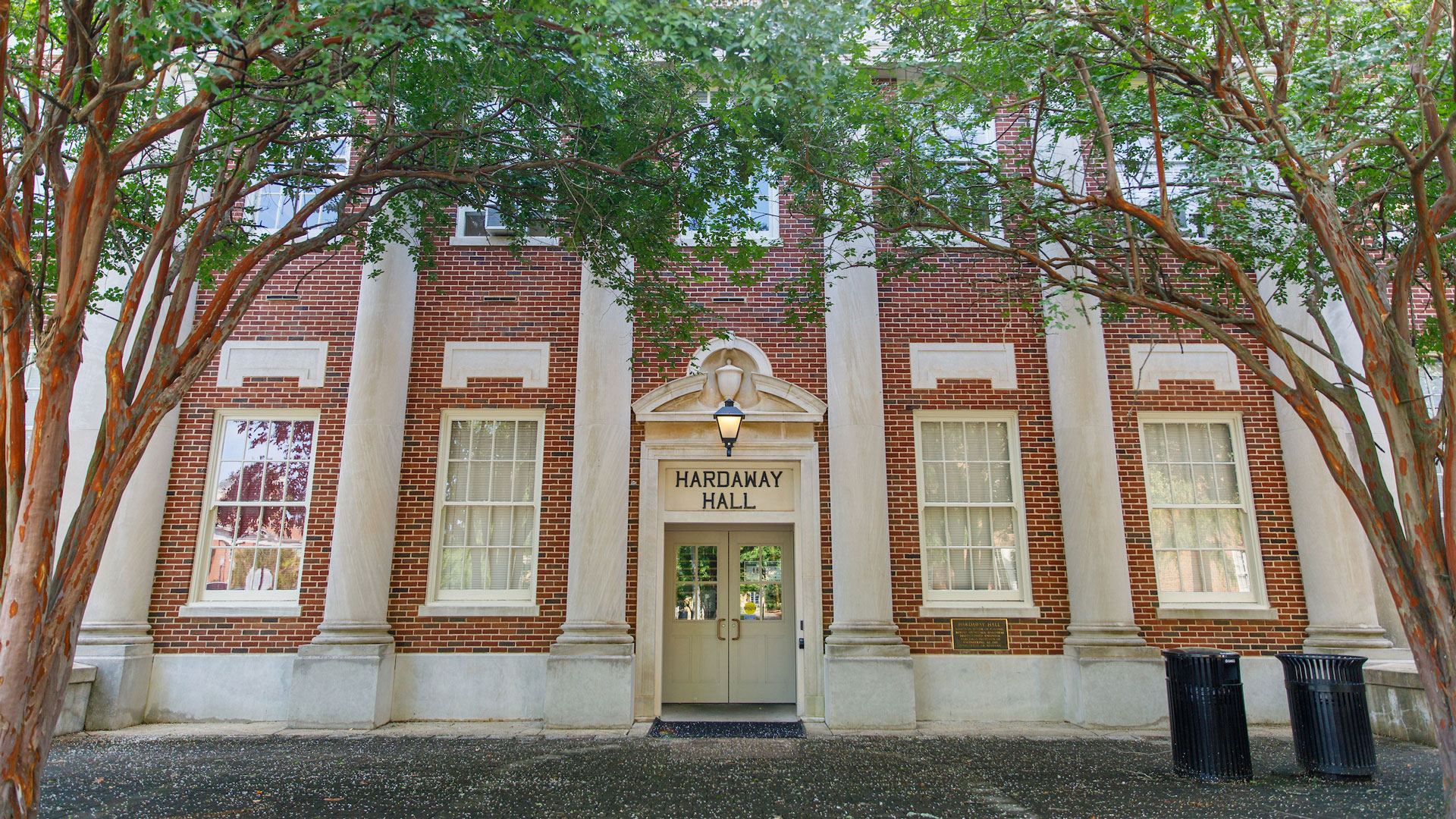TUSCALOOSA, Ala. – The University of Alabama will continue its role as home to the state’s only Industrial Assessment Center that assists manufacturers in reducing carbon emissions and energy costs, while training the next generation of energy-efficiency workers.
UA is one of 32 universities across 28 states selected in the latest round of $60 million in funding from the U.S. Department of Energy, its largest-ever cohort of university-based Industrial Assessment Centers. This new cohort of IACs will focus on improving productivity, enhancing cybersecurity, promoting resiliency planning, and providing training to entities located in disadvantaged communities.
Over the past 15 years at UA, the Alabama Industrial Assessment Center, or AIAC, helped about 250 manufacturers with energy conservation, waste reduction and productivity increases. Student and faculty teams help between 18 and 20 manufacturers annually by finding energy savings that can reduce costs by up to 20%, making it more cost-effective to operate.
The UA AIAC will receive about $1.75 million as part of the federal grant and will be able to help new clients. Because of the federal funding, there is no financial cost to manufacturers to participate in the program.
Dr. Joseph Carpenter, an assistant professor in mechanical engineering, is the AIAC director for this new award, replacing Dr. Keith Woodbury who has led the center as director since its inception. Woodbury recently retired from UA as a professor of mechanical engineering but will continue as an assistant director with the center.
“The state of Alabama is very fortunate to have an Industrial Assessment Center,” Woodbury said. “It serves as a valuable resource to manufacturers in the state to call upon to help with their operations, and inclusion in the latest cohort of IACs is a vote of confidence in the work we do.”
During the 2018-19 academic year, the AIAC completed 17 comprehensive energy audits for manufacturers across Alabama and offered 100 recommendations for potential cost savings of more than $4.8 million.
Each year 10 to 12 UA students work with the AIAC, and a typical plant visitation team consists of three to four students with one or two faculty members. Students assess the energy used by a company, analyze the existing operations, propose changes that increase efficiency and calculate cost savings.
“This is the real-world investment from what the students learn in the classroom,” Carpenter said. “This trains the engineers of tomorrow to go out and take with them the lessons of energy efficiency in whatever career they choose.”
Dr. Sean Amini, an associate professor in mechanical engineering, is also an assistant director at the AIAC. Amini’s track record of decarbonization of industry and improving the sustainability of industrial systems through alternative energies will bring new dimensions into the AIAC.
Manufacturers interested in working with AIAC under the new program are encouraged to visit the AIAC website or contact Carpenter at jcarpenter@ua.edu or Amini at sean.amini@ua.edu.
Contact
Adam Jones, UA communications, 205-348-4328, adam.jones@ua.edu
